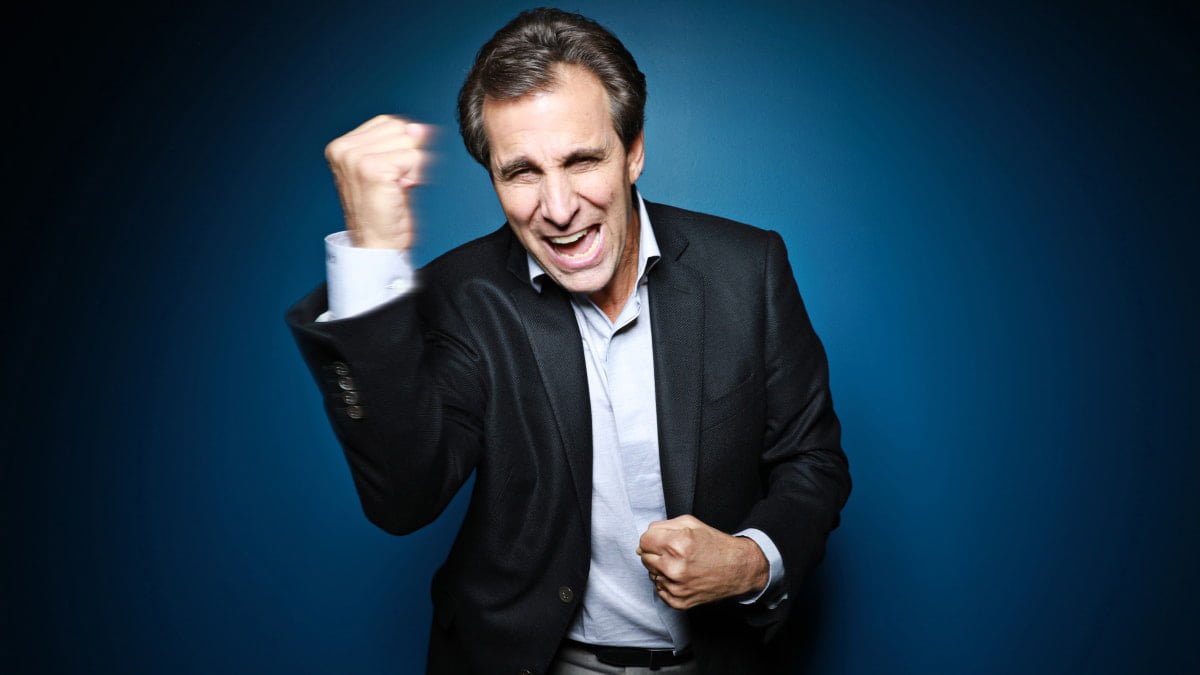For the first time in a decade, radio is ready to grow. Just ask the Harvard Business Review. And digital ate the poisonous 3rd party cookie. Please don’t take my word for it. Take it from the founder/director, research fellow, UK Director of The CMO Survey, and the Editor in Chief of the Journal of Marketing.
Counsel buyers to use radio with digital to reach more audiences, build and keep trust, and motivate buying from consumers who otherwise might tune out marketing messages. Tell your prospects and clients who only purchase social media and Google, please! Radio is headed for growth for the first time in a decade.
Traditional ads-TV, Radio, and Print- break through the digital clutter. Additionally, the decline in third-party cookies for digital purposes is causing ad ineffectiveness.
The best growth for radio is coming from consumer-facing companies. B2C service companies, restaurants, plumbers, etc., predict the most significant increase in traditional advertising spending (+10.2%), followed by B2C product companies (+4.9%). Even companies that earn 100% of their sales through the internet, and we all have them in our towns, are leading this inflection — predicting an 11.7% increase in traditional advertising spending over the next 12 months.
So, why are radio and traditional advertising on the rise? Here are 5 reasons according to the HBR.
1. Breaking through the digital clutter.
Consumers are tired of constant digital advertising stopping them from watching videos, reading articles, or hitting a website. It’s making marketers more aware of their ads’ environment.
We should focus on commercial-free content and having longer stop sets. Why not look for dayparts with tons of avails and figure out a way to sell fewer advertisers for more money? Sell Exclusives!
Research by Ebiquity shows that TV, Radio, and print outperform digital channels regarding reach, attention, and engagement relative to costs. Our prices are the same or even lower than ten years ago. Online ad costs are rising and there is more and more impression, click and conversion fraud.
2. Capitalizing on consumers’ trust in traditional advertising.
Radio is in the top five most trusted advertising formats. 71% say they trust us when it comes to making purchasing decisions. We even trust radio ads more than social media ads. Point it out! Start selling our credibility vs online fake news.
3. Preparing for the decline of third-party cookies.
Google is phasing out the third-party cookie on Chrome browsers by late 2023. Apple has already made changes to its iOS14 operating system. The only death to report is the third-party cookie. The CMO Survey found that 19.8% of companies invested more in traditional advertising (outside of online approaches).
Digital advertising’s ability to deliver Men who lived 5 miles from a convenience store and clicked on a condom ad in the last week is fading. Buyers will have to go back to buying reach and hoping the buyers shake out the bottom. Our ability to deliver Men 25-54 will see an increased reward.
4. Tapping the growing medium of podcasting.
Podcasts’ on-demand approach is more like traditional radio. And this is one reason advertising succeeds. According to Ads Wizz, “Podcasts saw a 51% increase in available inventory, a 53% increase in new podcasts, and an 81% increase in podcast ad impressions.”
Podcast ads are effective because listeners trust their podcast hosts and are genuinely influenced by their endorsements. Edison Research’s Super Listeners 2020 study found that 45% of podcast listeners believe the hosts of their favorite podcasts use the brands mentioned on their shows. According to the same study, almost half of podcast listeners pay more attention to podcast advertisements than any other format. Given the match of the target market to podcast content, podcasting has proven to be an effective way to get a company’s brand in front of a well-suited and attentive audience.
5. Revisiting digital effectiveness.
Marketers are becoming skeptical of the hyped returns of digital media because the platforms control both the advertising inventory and its effectiveness measurement. This has raised credibility concerns about ad fraud and the worry that digital advertising may be far less effective than reported.
The digital promise of hyper-targeting and personalization is also under scrutiny. For example, recent academic research by Jing Li and colleagues published in the Journal of Marketing shows that retargeting can backfire if done too early. And research in computer science has shown that personalization can lead to consumer reactance, especially when consumers are unfamiliar with the brand. In short, marketers are learning that the advantages of digital media can be a double-edged sword and are becoming more cautious about blindly embracing it.
Jeff Caves is a sales columnist for BSM working in radio and digital sales for Cumulus Media in Dallas, Texas and Boise, Idaho. He is credited with helping launch, build, and develop Sports Radio The Ticket in Boise, into the market’s top sports radio station. During his 26 year stay at KTIK, Caves hosted drive time, programmed the station, and excelled as a top seller. You can reach him by email at jeffcaves54@gmail.com or find him on LinkedIn.





